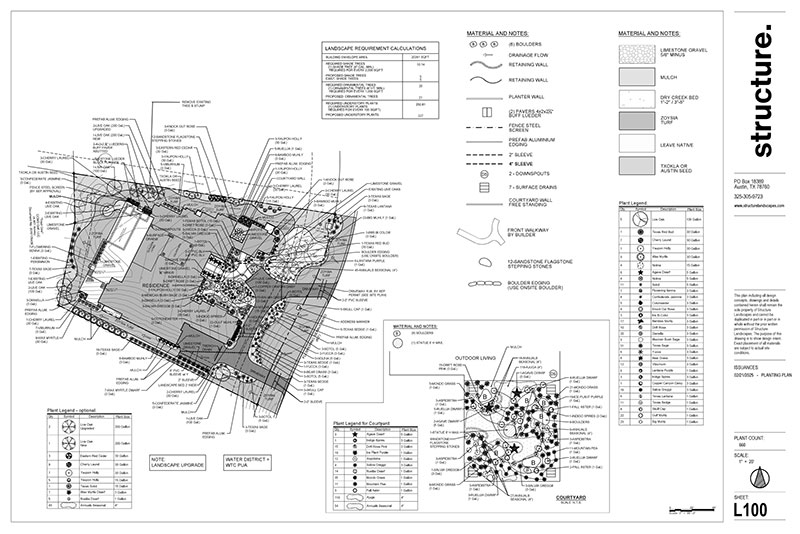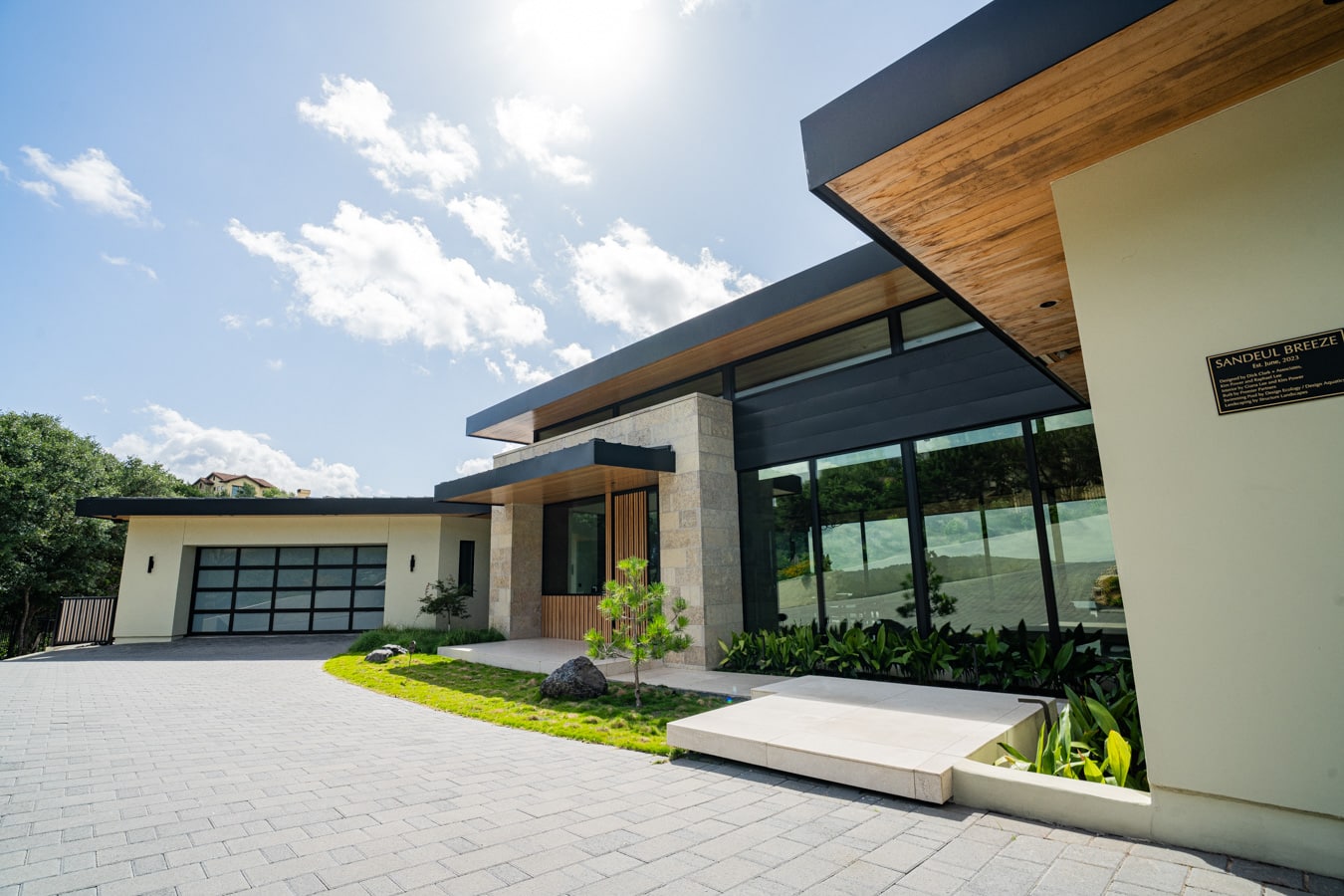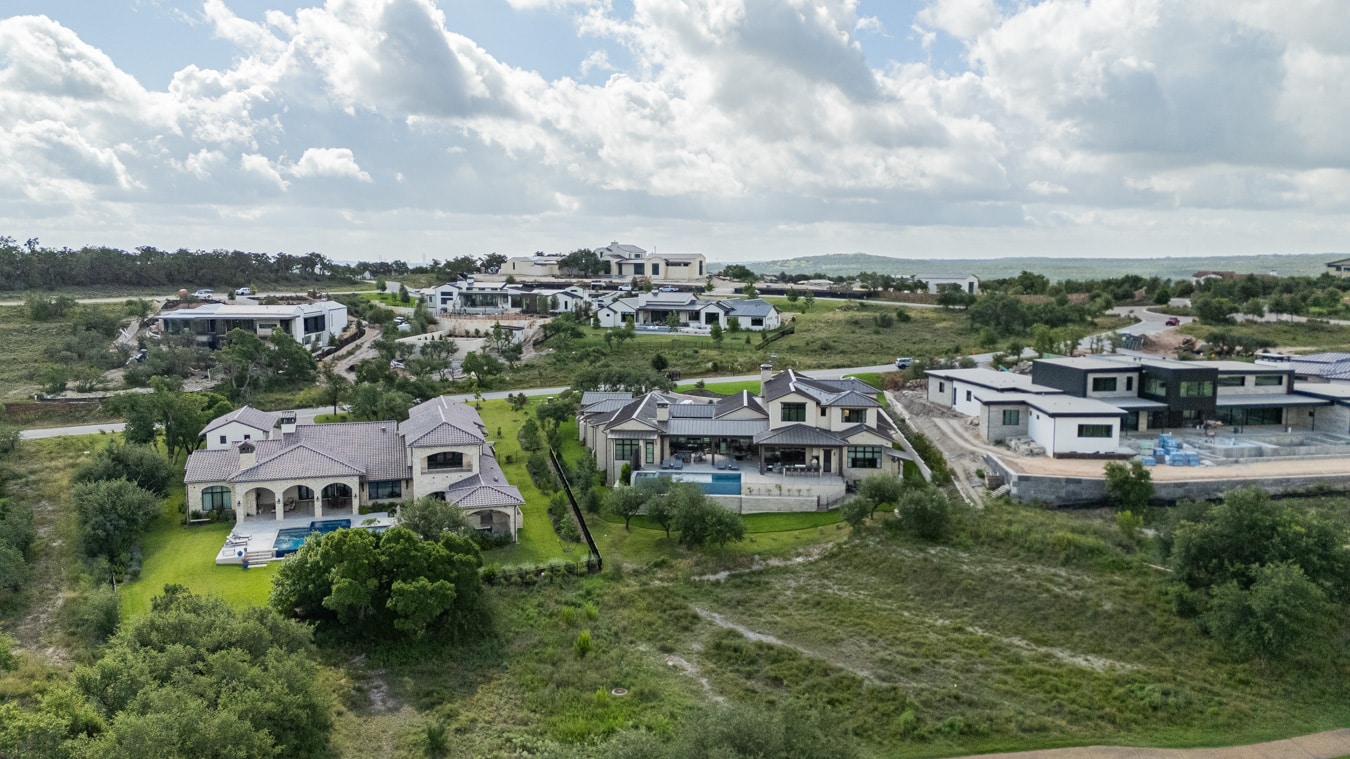Custom garden design offers a personalized approach that can transform your outdoor space into a beautiful and functional extension of your home. Working with professional garden designers gives you access to expertise and creative solutions that can maximize your space, regardless of its size. From small urban gardens to larger estate landscaping, designers can help balance aesthetics with practicality to create an outdoor space that works for you.
The best custom garden designs consider both beauty and function. Whether you’re interested in a kitchen garden that connects you to the garden-to-table lifestyle or a landscape that creates a peaceful retreat, professional designers can help bring your vision to life. The right design will complement your home’s architecture, reflect your style, and fit your maintenance preferences.
Fundamentals of Custom Garden Design
Custom garden design combines artistic vision with practical layout planning. A well-designed garden connects with your home and the surrounding landscape while reflecting your style.
Understanding Landscape Design Principles
When creating a custom garden, we work with several key principles.
- Unity helps the garden feel connected and harmonious. We achieve this by repeating elements like colors, plants, or materials throughout your space.
- Balance creates visual stability through the thoughtful arrangement of elements. In formal gardens, we often use symmetrical balance, while informal gardens may feature asymmetrical balance that still feels right.
- Proportion ensures everything fits well together. The size of plants, paths, and structures should relate to each other and your house. A tiny patio would feel wrong next to a massive home.
- Focal points draw the eye and create interest. These might be special plants, a water feature, or garden art that adds personality to your landscape design.
Planning Your Garden Layout
Successful garden planning starts with measuring your space, so begin by mapping out boundaries and existing features like trees, buildings, and utility lines before deciding. Consider the views from inside matter, and what you see from your windows. Also, think about how you’ll move through the space and where you’ll spend time.
Garden rooms create different areas for various activities. This includes a dining area near the house, a quiet reading nook farther away, and play spaces for children where you can see them. Meanwhile, light conditions determine what plants will thrive, so map sunny and shady areas at different times of day to make smart plant selections. Also note wet areas, slopes, and existing soil types.
Selecting Plants and Features for Your Garden
Plant selection and feature placement are critical elements that can make or break your garden design. The right choices will create a space that thrives naturally while meeting your aesthetic and functional needs.
Choosing the Right Plants for Your Climate
When selecting plants, match their growing requirements to your site conditions, understanding what plants will survive in your area’s climate. Native plants often make excellent choices as they’re adapted to local conditions. They typically require less water, fertilizer, and maintenance than non-native species.
Some plants prefer acidic soil, while others thrive in alkaline conditions. Testing your soil before planting can save disappointment later. Consider sun exposure carefully and place sun-loving plants in open areas and shade-tolerant varieties under trees or on north-facing sections of your property.
Incorporating Hardscape into Garden Design
Hardscape elements provide structure and functionality throughout the seasons. Pathways, patios, and walls create the backbone of your garden design.
Popular hardscape materials include:
- Natural stone (flagstone, granite, limestone)
- Concrete (stamped, colored, or plain)
- Brick and pavers
- Wood and composite decking
- Gravel and decomposed granite
Mixing textures creates more visual interest than using a single material throughout, so consider how materials will look when wet or covered with leaves. Think about temperatures, as dark stone can get extremely hot in the summer, while light-colored materials reflect heat but may show dirt more easily.
Creating Focal Points with Outdoor Features
Focal points draw the eye and give your garden personality. For example, an outdoor kitchen creates a functional gathering space for entertaining and enjoying meals alfresco. Lighting transforms your garden after dark. Use a combination of path lights, uplights on trees, and ambient lighting near seating areas.
Water features add soothing sounds and attract wildlife, and options range from simple birdbaths to elaborate ponds with waterfalls. Sculpture or art installations make distinctive statements, while specimen plants with dramatic flowers, unusual foliage, or distinctive form can serve as living focal points. Position these showstoppers where they’ll be visible from key viewing areas.
Garden Care and Maintenance Strategies
Creating a beautiful custom garden is just the beginning. Proper care and maintenance ensure your garden thrives year after year. Thoughtful maintenance strategies save time while keeping your garden healthy and vibrant.
Utilizing Organic Matter and Compost
Organic matter is the foundation of a healthy garden, so add compost to your soil at least twice yearly—once in spring and again in fall. This practice improves soil structure, enhances drainage, and provides essential nutrients. For vegetable gardens, apply a 2-inch layer of compost before planting. This boosts production and reduces the need for chemical fertilizers.
Turn your compost pile every few weeks to speed decomposition. Well-aged compost should smell earthy and look dark brown. Apply it as mulch around plants to suppress weeds and retain moisture.
You can create compost by combining:
- Vegetable scraps
- Yard trimmings
- Coffee grounds
- Shredded leaves
Scheduling Regular Maintenance Tasks
Consistent maintenance prevents small issues from becoming major problems, and we suggest creating a seasonal calendar to track essential garden tasks.
Spring Tasks:
- Prune dead branches
- Divide overcrowded perennials
- Apply compost
- Check irrigation systems
Summer Tasks:
- Water deeply but infrequently
- Deadhead spent flowers weekly
- Monitor for pests and diseases
- Harvest vegetables regularly
Dedicate 20-30 minutes several times weekly rather than attempting marathon gardening sessions. Remember that maintenance needs change as your garden matures. Young gardens require more frequent watering, while established gardens may need more pruning and division. Get in touch to discuss landscaping ideas for your available space and budget.





